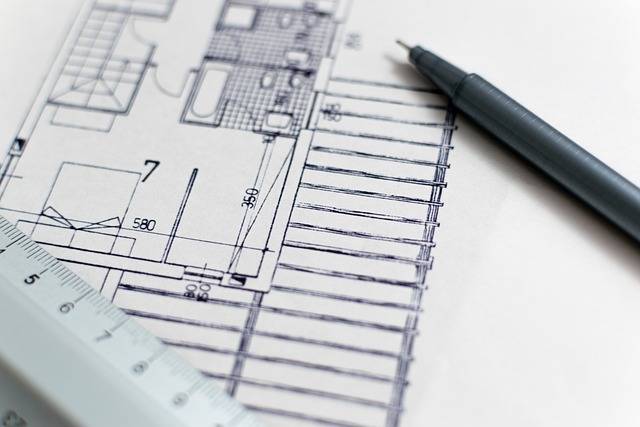Last Updated on July 26, 2024 by Team Experts
Architectural design is one of the most important parts of any construction process. Before a building can become a reality, there are certain functional and aesthetic aspects that need to be considered from every angle. Using design software, the final vision can be created and scrutinised long before anyone steps foot on site.
How does architecture design software work?
Architectural design software offers a platform on which to create visual representations of various components and elements of a proposed structure. It shows how all of these parts interact and also focuses on the details that are necessary to make it all come together.
Considerations to make
There are many software options available for creating architectural designs. But they aren’t all created equally and some will offer more benefits than others, depending on your requirements. When considering a software package, it isn’t enough to simply go for the most expensive or the latest release. You need to think about how you work and the types of projects that you are working on.
You can get the desired results in many different ways, but it may take you a lot longer with one program than another. And all of this isn’t to say that one is necessarily better—although there are some standout leaders in this field—some simply might not suit your style and thought process in quite the same way.
Let’s take a look at some of the things to consider before committing to a particular suite of tools.
Budget
Cost is certainly one of the most important factors that will help you make your decision. Obviously, there are cheap or even free design packages that can get you off the ground, but these will only offer the basics. If you’re serious about producing designs for clients, you will need to bite the bullet and invest a little money. Top packages can cost nearly £2,000 per year for a subscription. And then there are other tools and plugins that you may wish to add on to the product. So if you are looking for a fantastic all-rounder that won’t cause as much financial damage as AutoCAD, for example, you might want to take a look at other available options such as SketchUp Pro.
2D modelling requirements
Some packages will offer a range of tools to help assist with floor plans and other layout projects. If this is an integral part of your workload, then make sure that the software you choose has the functionality you need. Similarly, if it isn’t a pressing requirement, then there’s no need to spend a great deal of extra money on a product that provides tools you won’t use.
3D modelling requirements
Producing 3D models is, inevitably, going to play an important role in any architect’s office. 3D models provide a visualisation from various angles that will benefit everyone concerned. Clients need to see exactly how a finished product will look and feel in the chosen surroundings. Plus, they are a vital part of presenting and marketing a construction opportunity. Photorealistic rendering will also need to be applied to designs, so consider which software products are able to make use of plugins and other tools.
Collaboration
There will be several people working on a project at any one time. And knowing how everybody is able to collaborate is a key consideration. Some architectural software packages make it very simple to use cloud-based storage and offer access to anyone that needs it. You might also want to think about how workflow management programs can be integrated into the system.
Ease of use
Learning how to use any suite of architectural design tools will take time. However, some may seem unnecessarily convoluted for your needs. If you can’t find a simple path to the solution you’re looking for, then it may prove to be more trouble than it’s worth.
Scalability (extensions and plugins)
As mentioned before, there are many plugins and extensions available to assist in the overall design process. Even though you may not need certain add-ons right now, it is worth looking to the near future and how your requirements may evolve.
Future of architecture design software
One area in which architectural design software will begin to grow and develop in the future is in creating conceptual design drawings for the initial stages of a project. Rather than going back and forth between meetings and creating schematic drawings that need to be reevaluated each time, it will be possible to produce these early designs with the client. Many weeks and months of delays can be avoided if these early-stage details are agreed in just one or two meetings.
Summary
Deciding which architectural design software is right for you is certainly a matter of preference. There is no one-size-fits-all option and it will take a little time to reach a conclusion. Many packages offer a lightweight version for you to try for a heavily reduced price or even for free. So you may want to consider trying out a few options before choosing a final product.
Read more: How are IoT architecture and its Benefits for Enterprises?

